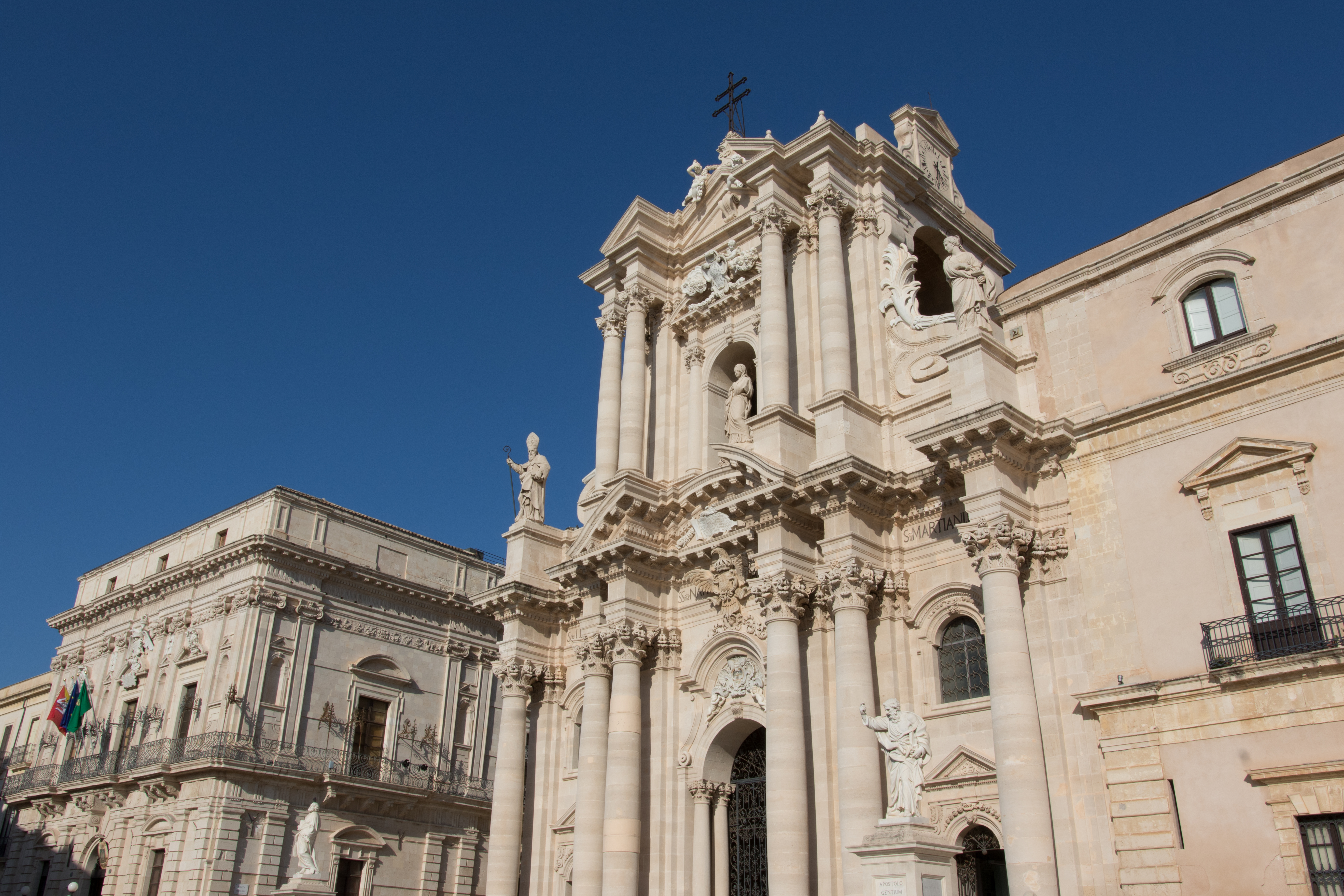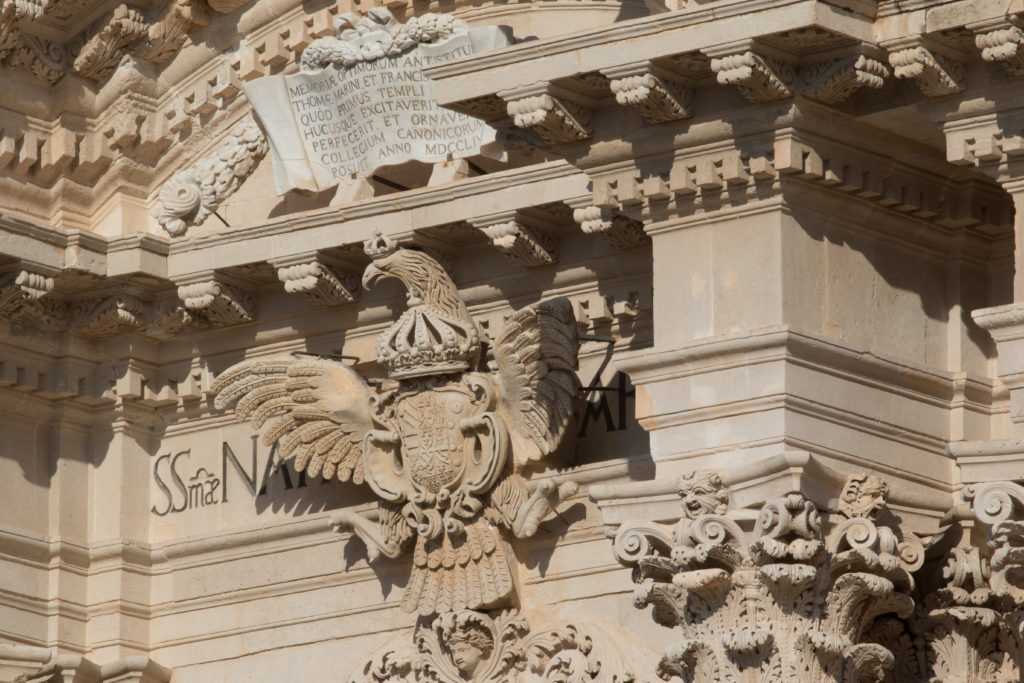The wonderful attractions of Syracuse
GRAND TOUR BLOG | 2 September 2020

The wonderful attractions of Syracuse

Syracuse and its surroundings
Syracuse it is a succession of beauties and history that a book would not be enough to tell them about.
I will tell you by making you take a trip with your imagination by inviting you, as soon as possible, to reach it to admire and “enjoy” every detail…to live it all!
Now I take you for a sightseeing tour to the beautiful Syracuse where history and wonders meet giving the opportunity to love it immediately.

Ready? and part?
- Temple of Apollo: it is very old but, Unfortunately, not much remains of that Temple because, over the centuries it has been used as a mosque and a Christian church;
- Diana fountain: tells the myth of Ninfa Aretusa transformed into a source by the same Goddess from which it takes its name “Fonte Aretusa“. Arethusa was a Greek nymph loved by Alfeo but she did not reciprocate him and asked for Artemide to help remove it so it was transformed into the source of Ortigia;
- Temple of Athena: after the earthquake of 1693, the facade and the interior, they were redone in Baroque and Rococo styles. E’ still clearly visible the inscription "The church of Syracuse is the first daughter of St. Peter and second after the church of Antiochia dedicated to Christ";
- Beneventano dal Bosco Palace: hosted kings Ferdinand I of the Two Sicilies and the English admiral Horatio Nelson fighting against Napoleon;
- Palazzo Senatorio: today it is the seat of the municipality and has a baroque representation carriage on display;
- Artemisium: it is a temple dedicated to goddess Artemis, built for example of the Temple of Ephesus (Turkey);
- Roman theatre: it is dug into the rock and welcomed thousands of spectators: in various performances. who, Aeschylus, represented for the first time The Persians e Le Etnee. The theater is still used today every summer for shows and theatrical performances;
- L’Amphitheater: a part of the building defaced by the Spaniards who they used the stones to build the defense bastions of Ortigia. Shows with gladiators and wild beasts were held here;
- Latomia of Paradise: the latomie are large cracks inherent in the rock due to the extraction of the stones. The largest is that of Paradiso inside which there is the famous Ear of Dionysus: it was called so by Caravaggio why it is shaped like an auricle and why, according to a legend, the tyrant of Syracuse Dionysius I used the acoustics of this place for listen to the speeches of the prisoners from afar that he kept locked up in these crevices;
- Tomb of Archimedes: it is an artificial tomb excavated on a limestone located in the necropolis of Grotticelle;
- Via dei Sepolcri: a suggestive route also that leads to the top of Colle Temenite located in the Archaeological Park of Neapolis.



